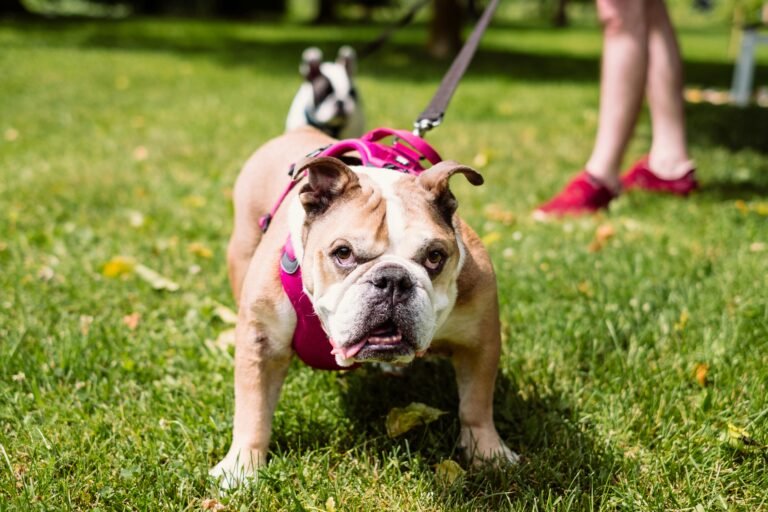
English Bulldogs are loyal and affectionate, but their stubborn streak can make training a challenge. With patience, consistency, and the right approach, you can teach your Bulldog good manners and strengthen your bond. Here are expert tips for training your English Bulldog successfully.
Understanding the Bulldog Mindset
Bulldogs are intelligent but often described as “willfully independent.” They prefer lounging over high-energy tasks and may test your patience with their slow-to-respond attitude. The key is to make training fun, rewarding, and short to hold their attention.
Start with the Basics
Begin with essential commands like “sit,” “stay,” “come,” and “leave it.” These build a foundation for good behavior and safety.
Training Tips:
-
Use Positive Reinforcement: Reward with treats, praise, or play when your Bulldog follows a command. Bulldogs love food, so small, low-calorie treats like freeze-dried liver work well.
-
Keep Sessions Short: Aim for 5–10 minutes, 2–3 times daily, to avoid boredom.
-
Be Consistent: Use the same words and hand signals every time, and ensure all family members follow the same rules.
-
Stay Patient: Bulldogs may take longer to learn, so celebrate small wins.
Housebreaking Your Bulldog
Bulldog puppies need a clear routine to master housebreaking. Their small bladders and laid-back nature can make accidents common, but consistency is key.
Steps:
-
Take your Bulldog out every 2–3 hours, after meals, and after naps.
-
Choose a designated potty spot and use a cue like “go potty.”
-
Reward immediately with a treat and praise when they go outside.
-
Supervise indoors or use a crate to prevent accidents.
-
Clean accidents with an enzymatic cleaner to remove odors.
Socializing Your Bulldog
Early socialization prevents shyness or aggression. Expose your Bulldog to different people, dogs, and environments in a positive way.
Tips:
-
Start between 8–16 weeks, when puppies are most receptive.
-
Introduce new experiences gradually, like car rides, park visits, or meeting friendly dogs.
-
Pair new encounters with treats to create positive associations.
-
Enroll in a puppy socialization class for structured exposure.
Addressing Common Challenges
-
Stubbornness: If your Bulldog ignores commands, increase the reward value (e.g., tastier treats) or take a break and try again later.
-
Chewing: Provide chew toys and redirect chewing to appropriate items.
-
Pulling on Leash: Use a no-pull harness and stop walking when they pull, rewarding when they walk calmly.
Advanced Training
Once your Bulldog masters the basics, try fun tricks like “roll over” or “shake.” These engage their mind and boost confidence. Consider agility (low-impact for Bulldogs) or therapy dog training for a rewarding challenge.
Why Training Matters
Training isn’t just about obedience—it strengthens your bond, keeps your Bulldog safe, and makes them a joy to live with. A well-trained Bulldog is a confident, happy companion who can handle new situations with ease




